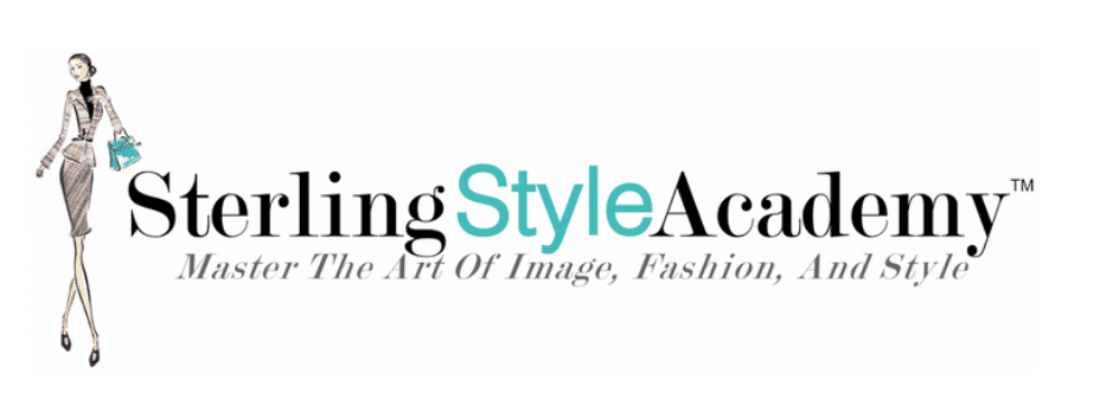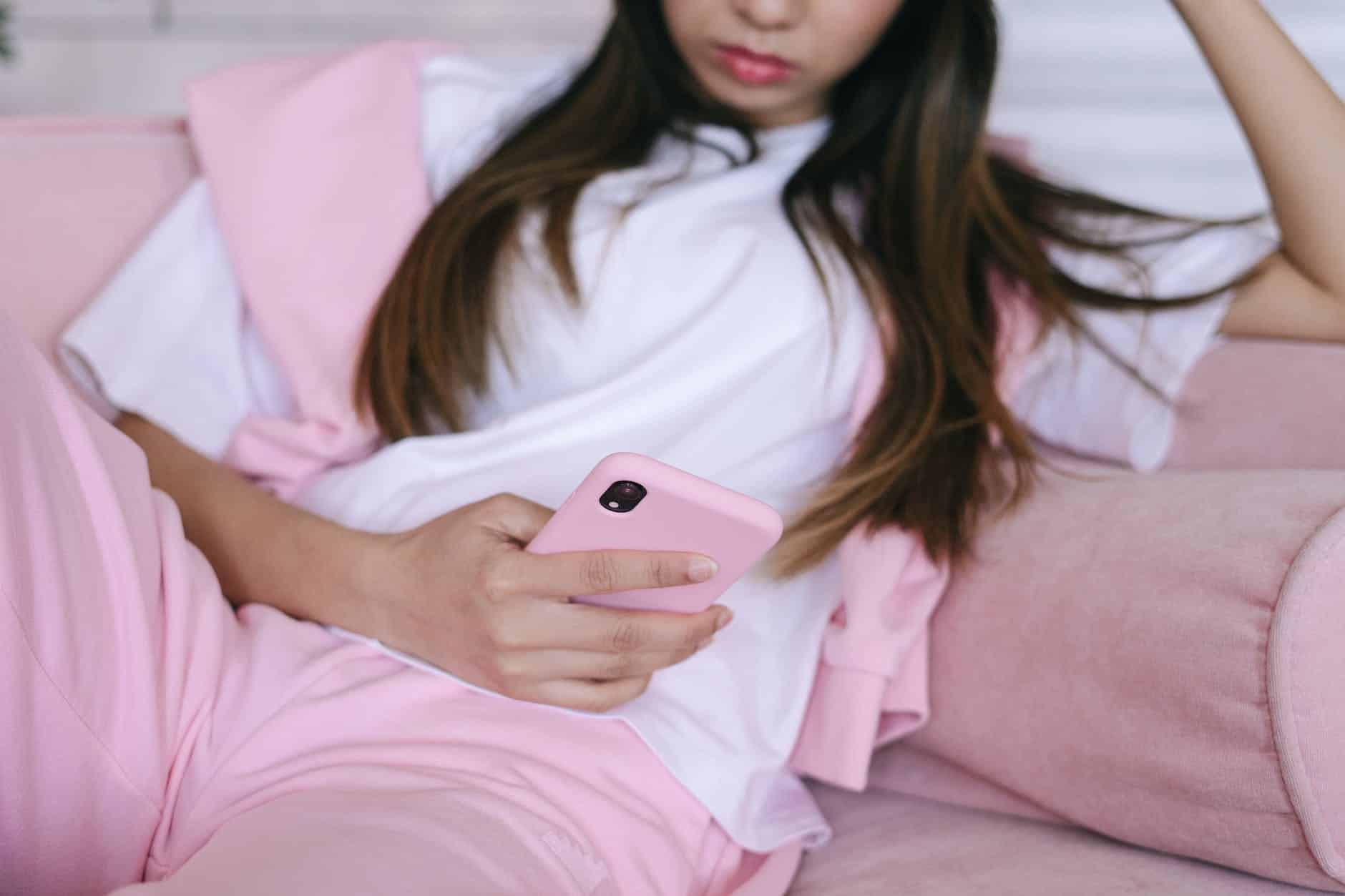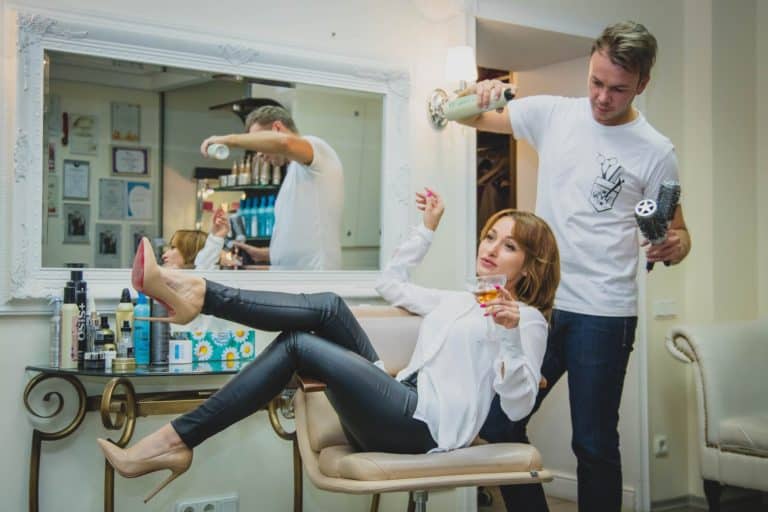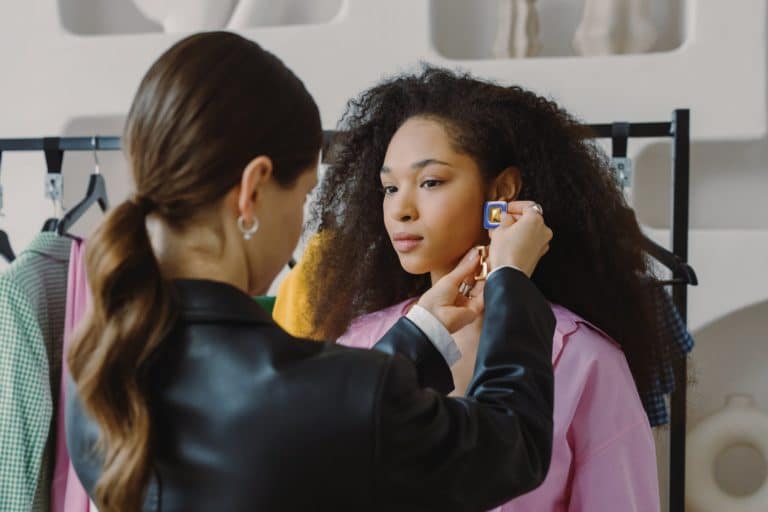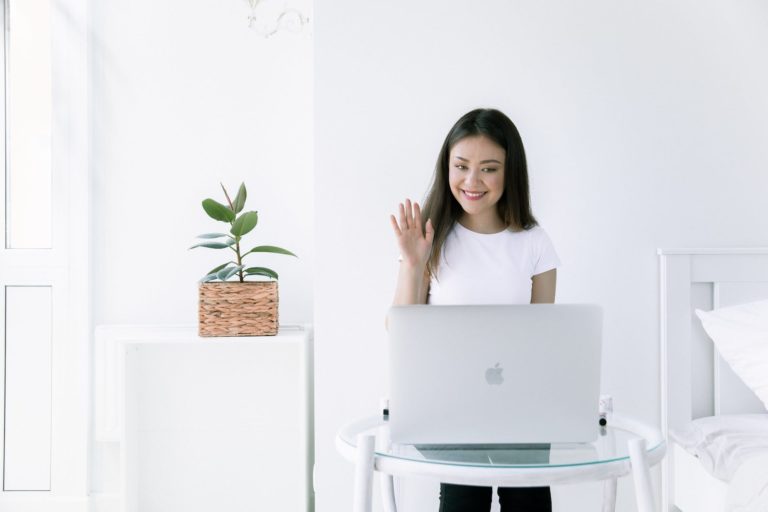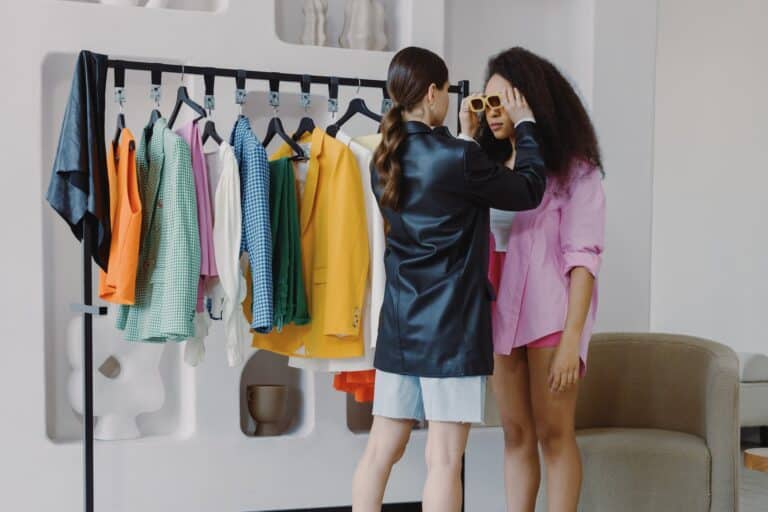What Colors Look Good on Me? Discover Your True Colors Today
What Colors Look Good on Me? Have you ever wondered why certain colors make you look dull or washed out, while others make you appear glowing and radiant? It all comes down to your personal colors. Knowing which colors flatter your skin tone, hair color, and eye color can help you look your best every day. In this blog, we will explain how personal color analysis works and why it is essential to understand your true colors. Plus, we will share with you a fantastic tool to discover your unique palette of colors that complement you best.
Firstly, let’s dive into the basics of personal color analysis. It is a process that determines which colors match your unique skin undertone, hair, and eye color. By identifying your undertone, you can know whether you have warm or cool skin, and therefore, choose the colors that will look best on you. Some colors can make you appear younger, healthier, and more energized, while others can have the opposite effect. That’s why personal color analysis is a valuable tool for anyone who wants to enhance their appearance.
Secondly, there are various ways to find your true colors. You can book an appointment with a professional color consultant or buy an online color analysis assessment. The latter option is an affordable and convenient way to discover your colors from the comfort of your home. An online color analysis assessment usually involves submitting photos of yourself and answering a few questions, and then receiving a personalized consultation on your color palette. It’s quick, easy, and accurate.
Thirdly, once you know your true colors, you can start building a wardrobe and makeup collection that highlights your strengths. For example, if you’re a spring color type, you’ll look best in bright, warm colors like coral, turquoise, and yellow. If you’re a winter color type, you’ll thrive in jewel tones like emerald, ruby, and sapphire. If you’re a summer color type, you’ll shine in cool, pastel hues like lavender, powder blue, and rose. And if you’re an autumn color type, you’ll glow in earthy, warm tones like olive, rust, and gold.
Fourthly, color analysis is not just about fashion and makeup; it can also apply to your home decor, accessories, and even your hair color. By incorporating your true colors into all aspects of your life, you create a cohesive and harmonious look that reflects your personality and enhances your beauty. For example, if you’re an autumn color type, you might choose a burgundy throw pillow for your sofa, a gold watch for your wrist, and a chestnut hair dye for your locks.
In conclusion, personal color analysis is a valuable tool that can help you look and feel your best. By discovering your true colors, you can choose the colors that flatter you most and avoid those that don’t. You can also create a wardrobe, makeup collection, and home decor that reflects your personality and enhances your beauty. If you’re interested in finding your color type, I recommend purchasing the What Are My True Colors eBook for US$34.97 or an online color analysis assessment for US$49.97. It will be a small investment that will pay off in countless compliments, confidence, and style. Discover your true colors today!
What Colors Look Good on Me? A Discussion of the Seasonal Color Analysis Categories
When considering what colors look best on you, a helpful starting point can be to determine which of the four seasonal color analysis categories you fall into. The four categories are Spring, Summer, Autumn, and Winter. Each season has corresponding tones which flatter each individual’s skin tone and eye color differently; these tones will vary depending upon whether you have cool or warm undertones in your complexion.
Spring shades tend to be bright and light in hue; think pastels and white with a hint of yellow or blue. Summer colors range from cool blues to bright greens; they can also include some gray and muted pink hues. In comparison, Autumn palettes usually have richer and earthy tones such as reds, oranges, and yellow-browns. Lastly, Winter colors tend to be deep and dark with jewel tones such as navy blue, emerald green, and burgundy.
To know which of the four seasons suits you best, it can be helpful to consult an expert in color analysis. They can help you determine which shades make you look your best by assessing your skin tone and eye color in comparison to the different seasonal categories. Once you have determined which season works for you, it is just a matter of playing around with different hues within that palette until you discover what looks good on you!
What Colors Look Good on Me?: How to Look Beautiful by Wearing the Right Colors with 7 Tips
Every person has an individual beauty that deserves to be highlighted. Unfortunately, we often struggle to find the right colors that accentuate our natural features. When we wear the wrong hues, we can look tired, pale, or washed out. On the other hand, wearing the right colors can improve our skin tone, enhance our eye color, and make us look radiant and healthy. In this blog post, I will share with you seven tips on how to wear the right colors and look beautiful. You might be surprised how much of a difference this can make!
1. Determine Your Skin Tone
Before you choose any color to wear, it’s essential to identify your skin tone. You can have either warm, cool, or neutral undertones. Warm skin tones will typically have yellow, golden, or peachy undertones, while cool skin tones will have pink or bluish hues. Neutral skin tones will have a balance of both warm and cool undertones. When you know your skin tone, you can choose colors that complement it. For example, for warm skin tones, you can wear earthy colors, such as mustard, olive, and rust, while for cool skin tones, you can choose jewel tones, like emerald, sapphire, or ruby.
2. Identify Your Hair and Eye Color
Your hair and eye color can also influence which colors look best on you. People with warm hair colors, such as red, blonde, or brown, will look better with warm colors that enhance their hair. For instance, redheads will look great in greens, browns, and oranges. People with cool hair colors, like black, blue, or ash brown, may opt for cooler colors, like blues, purples, or pinks, that complement their hair. Eye color can also play a role in determining which colors to choose. For example, if you have blue eyes, wearing shades of blue might bring out the color of your eyes.
3. Experiment with Color Combinations
Creating color combinations can add depth and interest to your outfits, as well as elevate your overall look. You can use the color wheel as a tool to help you find the right color combinations. For example, you can pair complementary colors, like orange and blue, or triad colors like green, purple, and orange. If you’re not sure which colors to wear together, try a monochromatic look. This means wearing different shades of the same color to create an elegant and composed outfit.
4. Pay Attention to Patterns
Patterns and prints are a fun way to add color and texture to your wardrobe. However, some prints can be overpowering and clash with your skin tone. If you have a warm skin tone, look for prints with warm colors like red, orange, and brown in them. For cool skin tones, prints with cool colors like blue or green will complement your skin tone. If you’re not sure if a pattern or print suits you, you can wear muted colors or neutrals with a pop of color in your accessories.
5. Be Mindful of the Occasion
Wearing the right color not only depends on your skin tone and hair color but also on the occasion. For instance, if you’re attending a formal event or wedding, wearing dark and muted colors might be more appropriate than wearing neon colors. If you’re going to attend a baby shower, wearing soft pastel colors may work better.
6. Invest in High-Quality Cosmetics
While clothing colors are crucial, your makeup colors can also influence your overall look. Wearing makeup can enhance your natural beauty and make you look more radiant. When choosing makeup products, consider your skin tone, hair color, and natural lip color. For instance, people with cool skin tones look great in rosy pink or raspberry shades of lipstick. Conversely, individuals with warm skin tones look beautiful in coral or orange tones.
7. Get a Personal Color Analysis
If you’re struggling to determine which colors are best for you, consider getting a personal color analysis. This analysis will identify your skin tone, hair color, and eye color to determine which hues complement you best. You’ll be able to learn which colors will make you look healthy and refreshed, and which colors you should avoid. You will also have the confidence to shop for clothing in stores or online knowing you will look amazing. You can get a personal color analysis from the comfort of your own home for just US$49.97. Click here to purchase an online assessment.
Investing in clothes that flatter you and match your natural features is an excellent way to enhance your appearance and boost your confidence. Knowing which colors look best on you can be a game-changer. By identifying your skin tone, hair color, and eye color, experimenting with color combinations, being mindful of patterns and occasions, investing in high-quality cosmetics, and getting a personal color analysis, you’ll be one step closer to looking and feeling your best. Don’t hesitate to invest in your inner beauty, as it deserves to shine outwardly too. Purchase an online color analysis assessment at US$49.97 today and take the first step towards personal and professional styling success.
What Colors Look Good on Me? Discover Your Best Colors with Personal Color Analysis
Do you ever feel like some colors don’t quite look right on you? It’s not just in your head – the right colors can really make a difference! Personal color analysis is a method of identifying the colors that look best on you, based on undertones in your skin, hair, and eyes. It’s a great way to gain confidence in your appearance and make shopping for clothes much easier. In this post, we’ll discuss how personal color analysis works and why it can be so beneficial.
Personal color analysis is a process where a trained professional looks at your skin, hair, and eyes to determine your undertones. They then use this information to determine which colors are your “season,” or the set of colors that complement your unique features. Seasons include winter, spring, summer, and autumn, with each season having different sets of hues. For example, winters look best in bright, cool colors like royal blue and fuchsia, while autumns look best in warm colors like olive green and rust.
So why is personal color analysis so important? For starters, wearing colors that flatter your skin tone can make you look healthier, more vibrant, and even younger. It can also help you build a more cohesive wardrobe since you’ll know which colors to focus on when shopping. Instead of buying a bunch of clothes in colors that don’t work for you, you’ll be able to choose pieces that you know will make you look and feel amazing.
One of the best things about personal color analysis is that it doesn’t just apply to clothing – it can also be used for makeup and hair color. Knowing your seasonal colors can help you choose lipsticks, eyeshadows, and blushes that complement your skin tone. You’ll also know which hair colors will make your eyes pop and give you a healthy glow. By taking all these factors into account, you can create a truly cohesive and flattering look for yourself.
If you’re interested in personal color analysis, we highly recommend investing in an online assessment. For just US$49.97, you can get a comprehensive consultation on your best colors, as well as guidance on how to wear these colors in your clothing, makeup, and hair. The assessment will include a series of questions and photos that will help determine your undertone. It’s a small investment with a big payoff – you’ll be amazed at how much easier it is to shop and get ready in the morning when you know which colors work for you!
Personal color analysis can be a game-changing tool for anyone looking to improve their appearance and make shopping easier. By determining your seasonal colors, you’ll know which hues complement your unique skin, hair, and eyes. This can help you look your best and elevate your confidence. We highly recommend investing in an online assessment for a detailed look at your seasonal colors. Trust us – it’s an investment that will pay off in many ways.
What Color Clothes Look Best on Me? The Ultimate Guide to Personal Color Analysis
Have you ever wondered what colors make you look your best? Personal color analysis is the key to finding the perfect palette of colors that complement your skin tone, eye color, and natural hair color. Not only does wearing the right colors enhance your natural beauty, but it can also make shopping and putting together your wardrobe easier. If you’re ready to discover your true colors and unlock your full potential, keep reading. In this blog post, we’ll discuss the benefits of personal color analysis and how it works. Plus, we’ll introduce you to our eBook, What Are My True Colors, which will guide you through the process step-by-step.
How Does Personal Color Analysis Work?
Personal color analysis is a process that helps you determine your best color palette based on your natural coloring. This includes your skin undertone, eye color, and natural hair color. By taking a closer look at these factors, you can determine which colors complement your features, making you look your best.
There are two main methods of personal color analysis: draping and online quizzes. Draping involves using a set of color swatches to determine what shades look best against your skin. A trained color analyst will hold different colored drapes against your skin, observing how each one affects your complexion. The online quizzes, on the other hand, use a series of questions about your hair, skin, and eye color to determine which color palette is best for you.
Benefits of Personal Color Analysis
Wearing the right colors can have a significant impact on your appearance. When you wear colors that complement your natural features, you’ll notice that your skin looks brighter, your eyes look more vibrant, and your natural hair color looks richer. Plus, you’ll find it easier to shop for new clothes and put together outfits that make you feel confident and stylish.
Choosing the right colors can also help you make a good impression in professional settings. For example, if you’re going to a job interview or meeting with clients, wearing the right colors can make you look more put-together and competent. Similarly, if you’re attending a social event or date, wearing the right colors can make you look attractive and approachable.
Introducing What Are My True Colors eBook
If you’re ready to discover your true colors and start looking your best, we recommend checking out our eBook, What Are My True Colors. This eBook is a comprehensive guide to personal color analysis, including detailed information on color analysis and how to quiz yourself to determine your best colors.
Personal color analysis is an effective way to determine what colors look best on you and enhance your natural beauty. By discovering your true colors, you can make shopping and putting together your wardrobe easier, and make a great impression in both professional and social settings. With the help of our eBook, What Are My True Colors, you can unlock the secrets of personal color analysis and start looking and feeling your best. So, why wait? Purchase our eBook today and take the first step towards discovering your true colors.

Unlock Your Best Look: Knowing the Most Attractive Colors to Wear
Colors are powerful and greatly affect the way people perceive us. Our choice of what we wear does not only reflect our personal style, but it also speaks volumes about our mood, confidence, and even our state of mind. Wearing colors that complement our skin tone, hair, and eyes can make us look youthful, radiant, and confident. In this blog, we will explore the most attractive colors to wear and how to discover which colors flatter us the most.
Color Analysis has been around for quite some time and has been trusted by many to determine the most flattering colors for their skin tone, hair, and eyes. The best way to find out which color palette suits you best is to get a color analysis assessment. However, there are some shades that generally look more flattering on each skin type. For fair skin, light colors like peach, baby blue, and light pink are the perfect go-tos. Medium skin tones look best in rich colors like olive, deep blue, and vibrant pink. For warm skin tones, earthy colors like coral, mustard, and cinnamon complement beautifully. Deep skin tones are perfectly complemented with bright, bold colors like burgundy, royal blue, and emerald green.
Black and white are both versatile colors, both great to wear for their versatility. While darker skin tones look best in white, black clothing suits pretty much anyone. If you are looking to make a statement, go for bright colors like red, yellow, and green—the primary colors. They communicate boldness and confidence and draw people’s attention. However, do not overdo it. You don’t want your outfit to be too flashy and overpower your natural beauty.
Another factor to consider when deciding what colors to wear is the occasion. For formal affairs, darker colors like black, dark blue, and burgundy are great choices. If you want to dress down for casual events or a relaxed weekend, try to explore pastel colors or earthy tones. For trendy and fashionable outfits, experiment with colors and mix and match.
Knowing the most attractive colors to wear is only part of the equation—the other part is learning to own them. Confidence is key always to look your best. Every one of us has unique and beautiful features and knowing what colors make it stand out and shine can make a big difference. If you are still not sure what colors work best for you, grab a color analysis assessment. You can also get the eBook, What Are My True Colors, to learn more. So don’t be afraid to experiment with colors—you might be surprised at what new shades can flatter you the most.
